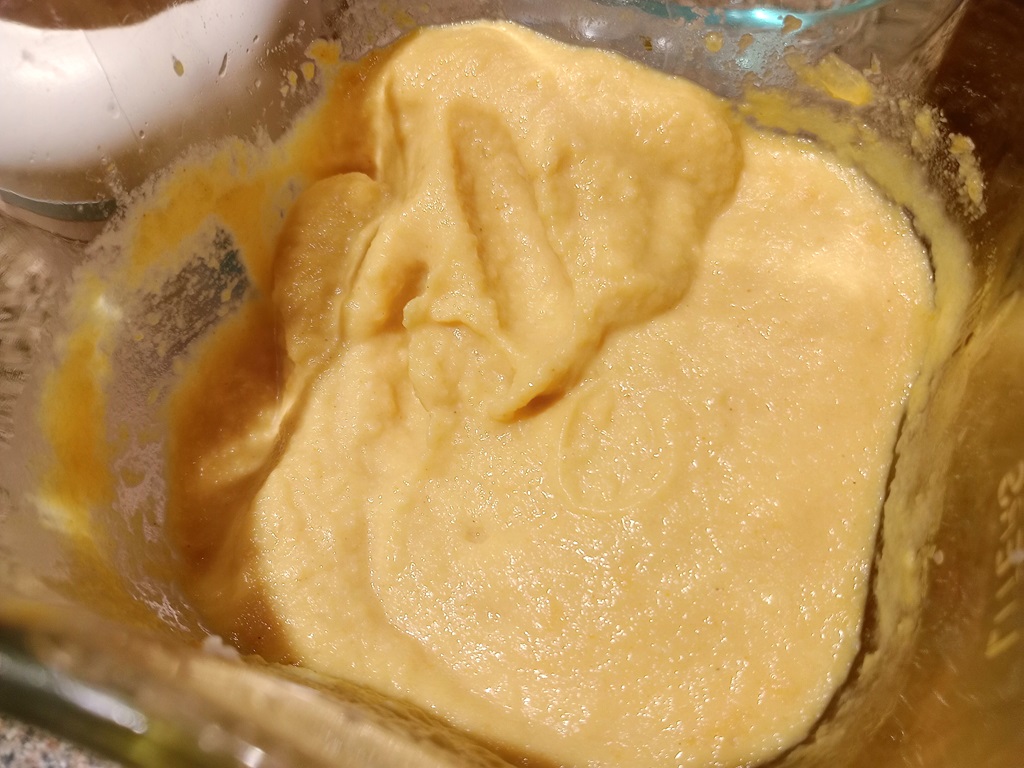On my thought that the banana ketchup would make a good barbecue sauce, I cooked some pork this evening with the banana sauce. It is pretty good – although I might want to use a little less vinegar next time.
Linux: Getting Drive Serial Number
[lisa@FVD01 /mnt/lisa/]# smartctl -i /dev/sdc
smartctl 7.5 2025-04-30 r5714 [x86_64-linux-6.15.7-200.fc42.x86_64] (local build)
Copyright (C) 2002-25, Bruce Allen, Christian Franke, www.smartmontools.org
=== START OF INFORMATION SECTION ===
Model Family: Western Digital Red (CMR)
Device Model: WDC WD40EFRX-68N32N0
Serial Number: WD-WCC7K4HY5TKD
LU WWN Device Id: 5 0014ee 2b9a3d0c5
Firmware Version: 82.00A82
User Capacity: 4,000,787,030,016 bytes [4.00 TB]
Sector Sizes: 512 bytes logical, 4096 bytes physical
Rotation Rate: 5400 rpm
Form Factor: 3.5 inches
Device is: In smartctl database 7.5/5706
ATA Version is: ACS-3 T13/2161-D revision 5
SATA Version is: SATA 3.1, 6.0 Gb/s (current: 6.0 Gb/s)
Local Time is: Tue Dec 2 17:24:27 2025 EST
SMART support is: Available – device has SMART capability.
SMART support is: Enabled
2025-12-02 17:24:27 [root@FPP01 /mnt/MythAndZoneminder/]# smartctl -i /dev/sda
smartctl 7.5 2025-04-30 r5714 [x86_64-linux-6.15.7-200.fc42.x86_64] (local build)
Copyright (C) 2002-25, Bruce Allen, Christian Franke, www.smartmontools.org
=== START OF INFORMATION SECTION ===
Model Family: Western Digital Red (CMR)
Device Model: WDC WD40EFRX-68N32N0
Serial Number: WD-WCC7K7JZSZ0E
LU WWN Device Id: 5 0014ee 264576d5e
Firmware Version: 82.00A82
User Capacity: 4,000,787,030,016 bytes [4.00 TB]
Sector Sizes: 512 bytes logical, 4096 bytes physical
Rotation Rate: 5400 rpm
Form Factor: 3.5 inches
Device is: In smartctl database 7.5/5706
ATA Version is: ACS-3 T13/2161-D revision 5
SATA Version is: SATA 3.1, 6.0 Gb/s (current: 6.0 Gb/s)
Local Time is: Tue Dec 2 17:24:38 2025 EST
SMART support is: Available – device has SMART capability.
SMART support is: Enabled
Pizza – AIP Style
The idea was to make a pizza-like meal without any wheat, tomatoes, or refined sugar. This crust didn’t work so well, and the sauce is more of a barbecue sauce than a tomato paste.
The dough was the Paleo Baking Flour from Bob’s Mill — recipe from the back of the bag. I added some ground flax seed. It was something, but didn’t hold up as a pizza crust.
Sauce was a “banana ketchup”
- 2 cups mashed ripe banana
- 1 Tbsp olive oil
- 1 large onion, chopped
- 3 cloves garlic, minced
- 1 tsp ginger, minced
- 1/2 c apple cider vinegar
- 1/2 cup maple syrup
- 2 Tbsp coconut aminos
- 1/2 ground tumeric
- 1/2 tsp salt
- up to 1/2 cup water
Heat olive oil in a pan, add onion, garlic, and ginger and saute until onions are translucent. Add mashed banana and stir. Mix in remaining ingredients except water. Cool over low heat for at least 15 minutes. Remove from heat and allow to cool. Blend in a food processor until a smooth puree forms.
Fresh “sausage” – cube pork, sprinkle with salt and fennel seeds. Allow to sit for at least 15 minutes. Grind, saute until cooked.
Topped the dough with sauce, fresh sausage, and cheese (still working on a good AIP cheese replacement!). It was good, but not pizza.
Holiday IBC – Thanksgiving
Anya made a turkey silhouette from a black trash bag, and we glued (rubber cemented) it to our holiday IBC. The solar LEDs inside will illuminate it tonight. I think the turkey turned out wonderfully – she asked me a few times if I’d know it was a turkey. But, once we saw it on the plastic square, she loved it too.
Pasta – AIP Style
Sauteed one medium onion, a handful of baby carrots (mostly for color), and steamed cauliflower. Pureed all in a blender with ~1 tsp tumeric, salt, 1 Tbsp of nutritional yeast, and garlic (next time, roast the garlic … this just tasted like raw garlic!).
This created a sauce for the pasta
Cooked garbanzo bean pasta and added the sauce. Stirred and served.
So it kinda looks like noodles and cheese … but it doesn’t taste anything like mac and cheese.
Blender – Applying The Scale
We were playing with Blender this evening to modify a 3d model to mount the mirror on our Ranger — it reminds me a lot of learning vim where there’s just a lot of hidden “type this character and it does magic stuff“. Which, ironically, I love vim because of this … however I’ve also been using vi and vim since 1994. So I know the random character to type. Blender … not so much yet.
Oddity of the day — after scaling an object, you need take an additional step otherwise it’s not really scaled and measurements show up with unexpected values. To reset the scale:
Hit Ctrl + A
Select Scale in Object Mode to apply the current dimensions as the new scale of 1
They call this applying the scale. Which … I expected it did when I entered the scale factor and stuff changed size on the screen. But now I know!
Pork Shepard’s Pie
Similar to the previous shepard’s pie, but with freshly ground pork, onions, and parsnips. Sauce made with chicken bone broth. Topped with cauliflower mash and broiled for about 15 minutes until the topping browned.
Iced Green Tea
I got some Sencha green tea that’s supposed to be very healthy for us, but steeping yielded heavy tannin taste. Using cooler hot water helped, but it still wasn’t something I’d look forward to drinking every day. So I tried cold extraction – a half gallon of cold water and about 1/4 cup of green tea in a large mason jar, set in the fridge for at least 12 hours. It’s quite good – light, refreshing, and there’s absolutely flavor there.












